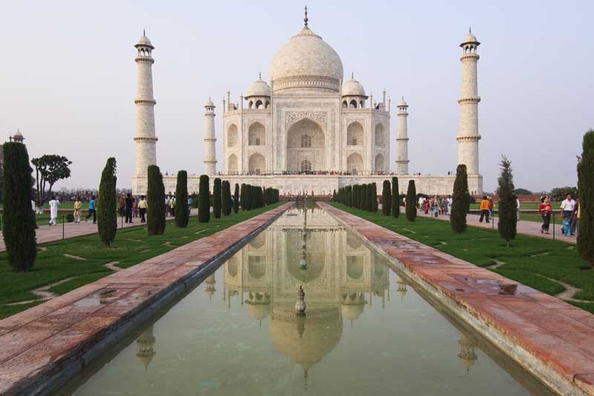- About Us
- Schemes
- Culture Scheme Dashboard
- Scheme of Financial Assistance for Promotion of Art and Culture
- Financial Assistance to Cultural Organizations with National Presence
- Cultural Function and Production Grant(CFPG)
- Financial Assistance for Preservation and Development of Cultural Heriatge of the Himalayas
- Financial Assistance for Development of Buddhist/Tibetan Arts and Culture
- Financial Assistance for Cultural Activities in Performing Arts for Building Grants Including Studio Theatres
- Financial Assistance for Allied Cultural Activities
- Financial Assistance for Promotion of Guru-Shishya Parampara (Repertory grant)
- National Mission on Libraries
- Financial Assistance for Construction of Tagore Cultural Complexes(TCC)
- Scheme of Financial Assistance under Seva Bhoj Yojna
- Scheme of Scholarship and Fellowship for Promotion of Art and Culture
- Museum Grant Scheme
- Scheme for Financial Assistance for Veteran Artists
- Scheme for Promotion of Culture of Science (SPOCS)
- Scheme for Safeguarding the Intangible Cultural Heritage
- Global Engagement Scheme
- Indian Conservation Fellowship Program (ICFP)
- Centenary and Anniversary Celebrations Scheme
- Mission
- ICR
- Commemorations
- CSL
- G20 CWG
- Contact Us
Taj Mahal

Taj Mahal
Uttar Pradesh
The Taj Mahal, an immense mausoleum of white marble, built in Agra between 1631 and 1648 by order of the Mughal Emperor Shah Jahan, is the jewel of Muslim art in India and one of the universally admired masterpieces of the world's heritage. It no doubt partially owes its renown to the moving circumstances of its construction. Shah Jahan, in order to perpetuate the memory of his favourite wife, Mumtaz Mahal, who died in 1631, had this funerary mosque built. The monument, begun in 1632, was finished in 1648; unverified but nonetheless, tenacious, legends attribute its construction to an international team of several thousands of masons, marble workers, mosaicists and decorators working under the orders of the architect of the emperor, Ustad Ahmad Lahori.
Situated on the right bank of the Yamuna in a vast Mogul garden of some 17 ha, this funerary monument, bounded by four isolated minarets, reigns with its octagonal structure capped by a bulbous dome through the criss-cross of open perspectives offered by alleys or basins of water. The rigour of a perfect elevation of astonishing graphic purity is disguised and almost contradicted by the scintillation of a fairy-like decor where the white marble, the main building material, brings out and scintillates the floral arabesques, the decorative bands, and the calligraphic inscriptions which are incrusted in polychromatic pietra dura. The materials were brought in from all over India and central Asia and white Makrana marble from Jodhpur. Precious stones for the inlay came from Baghdad, Punjab, Egypt, Russia, Golconda, China, Afghanistan, Ceylon, Indian Ocean and Persia. The unique Mughal style combines elements and styles of Persian, Central Asian and Islamic architecture.








